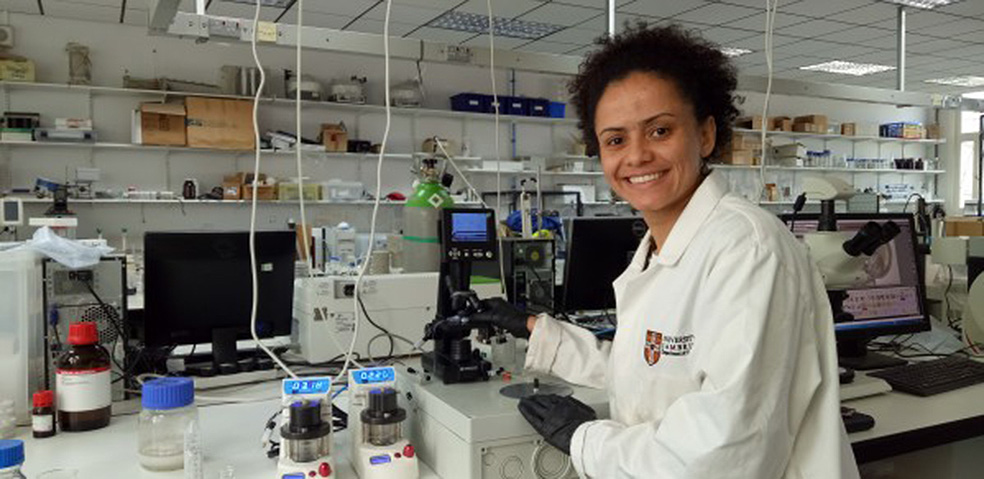
Building
cracks and deterioration are common points of concern for asset owners and
managers alike, but a new technology may soon alleviate these industry issues.
Researchers at the University of Cambridge are
using micro-encapsulation technologies developed by Dolomite Microfluidics to
develop self-healing construction materials.
The university’s Department of Engineering’s
Geotechnical and Environmental Research Group said recently that it is
developing microcapsules containing ‘healing’ agents such as minerals, epoxy,
or polyurethane which can be added to building materials to allow the self-repair
of small cracks that develop over time.
Commenting on the technology, a postdoctoral
researcher in the group, Dr Livia Ribeiro De Souza, explained: “Many composite
building materials used in the construction industry, such as concrete, suffer
fatigue over time, developing small cracks.
“We are hoping to overcome this problem by adding
micro-capsules filled with ‘healing’ agents to the concrete before it is used.
The idea is that as cracks begin to form, they rupture the microcapsules,
releasing their payload and stabilising the material.
“This approach requires the formation and
functionalisation of double emulsion microcapsules, which we have been
producing with the help of microfluidics. We have been using a Dolomite
Microfluidics system since 2014, and find that microfluidics offers much better
control of particle size and composition than traditional emulsification
polymerisation techniques, simplifying the investigation and optimisation of
particle properties,” explained De Souza.
The Dolomite system has enabled the researchers to
create functionalised microcapsules that bind more strongly to the cement
matrix, while also having thinner shell walls and higher core retention, thus
improving their self-healing properties.
“Our discussions with experts at Dolomite
Microfluidics are helping to accelerate our research and move us a step closer
to real world applications,” De Souza concluded
More news
- PART 2: HARNESSING THE POTENTIAL OF HIGH SULPHUR FLY ASH IN CONCRETE PRODUCTION
- PART 1: HARNESSING THE POTENTIAL OF HIGH SULPHUR FLY ASH IN CONCRETE PRODUCTION
- PART 2: DESIGN AND CONSTRUCTION OF SLAB-ON-GROUND: APPLYING ACI 318
- DESIGN AND CONSTRUCTION OF SLAB-ON-GROUND: APPLYING ACI 318
- DOK-ING’s innovative electric mining equipment unveiled at ElectraMining

